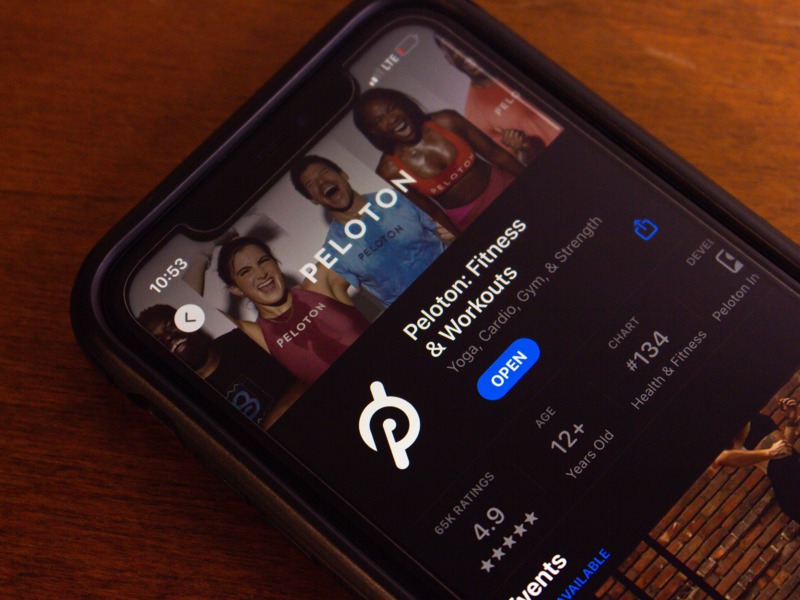Peloton has become more than just a fitness brand—it’s a movement built around connection, motivation, and accountability. Through online and in-person engagement, Peloton’s community has transformed the fitness experience into something social, supportive, and deeply personal.
In this article, we’ll explore the community-driven features behind Peloton’s success and what brands can learn from its approach.
The Power of Connection in Fitness
Building a fitness community online takes more than great workouts—it requires tools that foster motivation, belonging, and recognition. Peloton has mastered this by offering members multiple ways to interact, celebrate milestones, and stay consistent in their fitness journey.
From leaderboards to friend connections, every feature is designed to help members sweat, connect, and grow together. Peloton has transformed exercise unto a shared experience that bridges geography, personality, and fitness levels. Peloton transformed exercise into a shared experience that bridges geography, personality, and fitness levels.
Peloton’s Community Features That Drive Engagement
Here Now Leaderboard
The Here Now Leaderboard lets members see and connect with others taking the same on-demand class. You can filter by gender, age, or tag groups to compete in real time or send encouragement with a quick High Five.
This feature not only adds friendly competition but also builds instant connections with fellow Peloton members worldwide.
Tags and High Fives
Tags help members find others who share their interests, background, or goals—whether that’s alumni groups, hometowns, or personal milestones.
When you see someone reach a goal, you can send a High Five during a live or on-demand class to celebrate their achievement. These small gestures create big emotional rewards and keep members coming back. Diversity messaging in Peloton’s advertising shows meaningful shifts in who’s downloading/using the App (more men, Gen Z, Black and Hispanic members), but no demographic percentages are available from Peloton. In its Inclusion & Accessibility survey (>1,000 US members), 93% said Peloton improved their mental/physical health and sense of belonging.
Adding Friends and Followers
Members can connect through the Peloton platform or by linking their Facebook accounts. Following friends allows users to track each other’s progress, schedule classes together, and share motivation.
This adds a social dimension to every ride or run, turning individual workouts into group experiences.
Scheduling Workouts and Sessions
The Scheduling feature makes it easier to plan workouts with friends, family, or followers. Once a class is selected, Peloton’s Sessions feature allows members to invite others to join, strengthening accountability and participation.
These sessions appear automatically on updated Bike, Bike+, Tread, or App interfaces—making group workouts seamless and spontaneous. As of December 2023, Peloton cited 6.4 million members total, including 718k paying digital-only (App) subscribers alongside 3 million paid connected-fitness subs. The lowest churn rates (around 1.2%) are from paid connected-fitness subscriptions. Churn rates are also 60% lower from members who engage in more than one discipline. This demonstrates connection is proving an effective way of improving commitment to fitness goals.
Club Peloton: Rewarding Commitment
Launched in October 2025, Club Peloton celebrates consistency and community spirit. Members earn points for staying active, hitting milestones, joining challenges, and supporting others.
As points accumulate, members climb through levels—from Bronze to Legend—unlocking badges and exclusive rewards. This gamified approach keeps engagement high and reinforces long-term fitness habits.
The Output: Peloton’s Hub for Community Stories
Peloton’s official blog, The Output, is the go-to destination for member stories, instructor insights, and fitness inspiration.
The “Connect” tab showcases how the Peloton community continues to grow, evolve, and empower individuals to stay active and connected—both online and off.
The Impact of Peloton’s Community Strategy
Peloton’s subscription-based model has been central to its growth. During the pandemic, memberships skyrocketed—and the brand has sustained its momentum with over 5 million members today.
Since 2020, Peloton users have created more than 100,000 community tags, a testament to the power of connection in sustaining motivation and loyalty.
By prioritizing social engagement and recognition, Peloton has redefined what it means to be part of an online fitness community.
Final Thoughts: Building Stronger Fitness Communities
Peloton’s success story shows that fitness isn’t just about exercise—it’s about connection. Features like leaderboards, tags, and Club Peloton turn solitary workouts into shared experiences that inspire long-term commitment.
If you’re looking to grow your own brand community, take a cue from Peloton:
Celebrate milestones and recognize effort.
Encourage interaction and accountability.
Create digital spaces that feel personal and rewarding.
Community isn’t a feature—it’s the foundation.
References
https://backlinko.com/peloton-users
https://www.responsibilityreports.com/HostedData/ResponsibilityReportArchive/p/NASDAQ_PTON_2023.pdf






